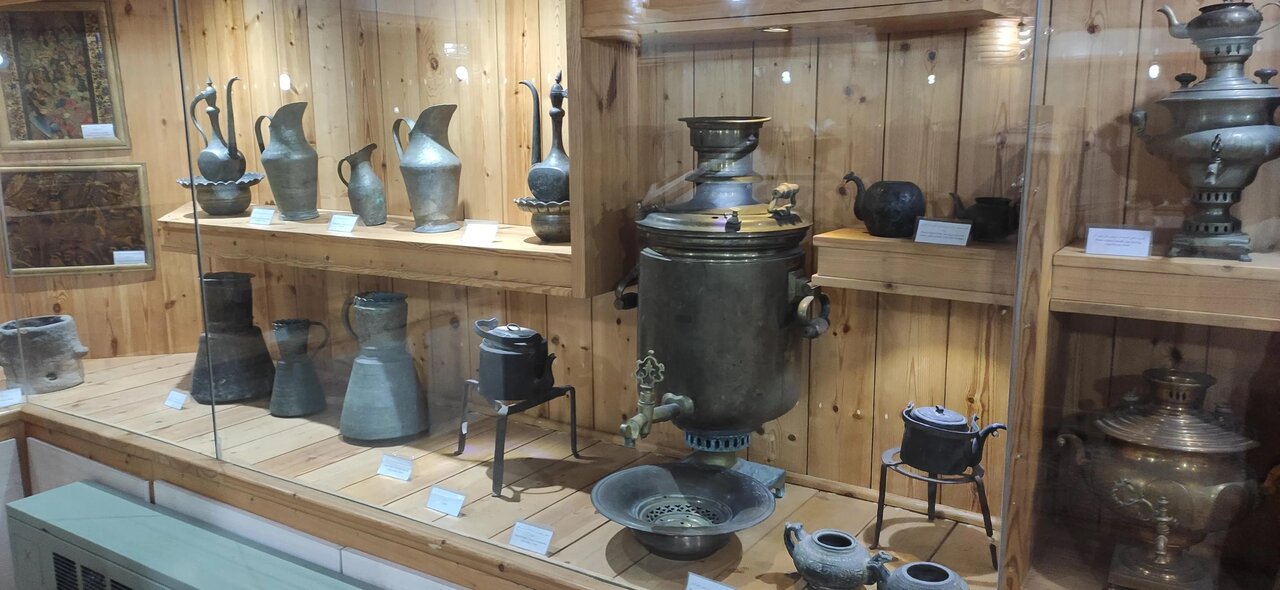Discover National Tea Museum in northern Iran

TEHRAN - In the picturesque northern city of Lahijan, the National Tea Museum stands proudly on a hill adjacent to the lush green tea plantations.
Established in 1996, the museum offers visitors a captivating journey through the history of tea in the country.
Most importantly, it is a tribute to the legacy of Mohammad Mirza Kashef al-Saltaneh, the visionary founder of the tea industry in Iran.
The heart of the museum is a complex that includes the mausoleum of Kashef al-Saltaneh, adorned with a tall quadrangular tower, the main two-storey hall, and an office space.
The ground floor of the main hall serves as a treasure trove of historical documents, showcasing the discovery, prizes, and early photographs of Kashef al-Soltaneh.
Visitors can explore a fascinating array of artifacts related to tea and its preparation, such as various types of coal samovars, ceramic, copper, and stone teapots, coffee cups, Nasreddin Shah contracts, handles for tea cups, trays, cup holders, and more.
Ascending to the second floor, visitors are treated to a collection of showcases and anthropological articles, featuring terracotta crockery, jewels, and objects dating back to the Parthian and Seljuk eras. Moreover, documents, deeds, rosaries, mats, milk-measuring wood, small wooden bowls, carafes, and other items paint a vivid picture of the historical significance of tea in the region.
The museum also offers glimpses of tea cultivation, from planting and harvesting to conservation and processing. Numerous pavilions provide a detailed exhibition of the tea plant’s journey from field to cup, offering a comprehensive understanding of the intricate process involved.
Surrounding the museum, tea trees and pitches have been strategically placed, allowing tourists to immerse themselves in the serene beauty of Lahijan while enjoying a cup of tea. The panoramic views create a tranquil atmosphere, inviting visitors to relax and appreciate the natural surroundings.
Chai or tea culture is really strong and a sign of hospitality in Iran. The tea and its associated philosophy are well-soaked into the life of Iranians from all walks of life. It also constitutes a vital sign of hospitality across the ancient land; a cup of tea is the first thing that an Iranian will offer their guests!
For almost every Iranian, an earthenware teapot with a drawing of a red rose flanked by a steaming samovar conjures up memories of childhood when mom, grandma, or dad were making a perfect shade of brown, golden tea as the sunlight coming through from the horizon. They usually poured strong thick tea for the adults, and a hint of color for the kids and grandkids!
Iranians start the day with a freshly brewed cup of tea sweetened with some sugar served with their breakfast, believing its taste is in great harmony with bread and cheese. Iranians' story of drinking tea is not limited to mornings with breakfast only; they drink tea at work, after their meals at home, or at night before sleep.
The shade of color, temperature, strength, and taste of the tea is of very importance during formal gatherings and when served to specific guests. Before taking the teacups to the guests, the host traditionally checks the tone, color, and strength of the tea with a single glance behind the shining glass.
AFM
